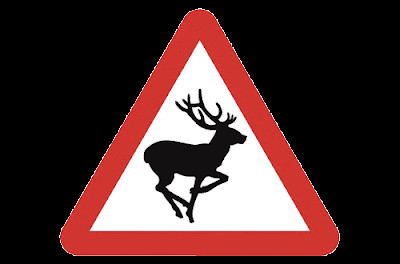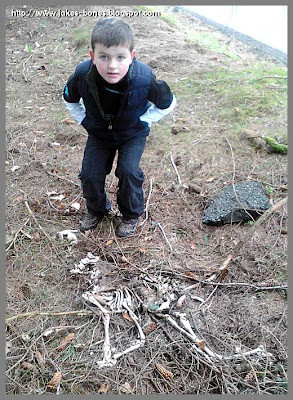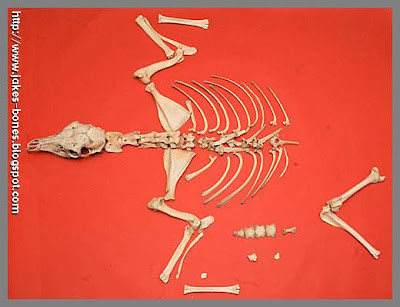Driving through picturesque landscapes, especially in areas with abundant wildlife, can be a delightful experience. However, this beauty comes with its own set of hazards, particularly the risk of encountering deer on the road. As concerning trends discussed on platforms like Twitter indicate a growing awareness of wildlife endangerment, understanding why deer-vehicle collisions are so frequent becomes crucial for both animal welfare and driver safety. While topics like “Ziggy Get Killds Fear Street Twitter” trend in online conversations, the real-world issue of wildlife safety deserves serious attention. This article delves into the reasons behind the high number of deer-car accidents, especially during winter and mating seasons, and offers valuable insights into how drivers can mitigate these risks.
Alt text: Deer crossing road sign, a common warning for drivers in areas with high deer populations.
Winter Woes: Food Scarcity and Road Crossings
Winter months present significant challenges for deer. As temperatures drop and snow covers their usual food sources, deer are forced to venture into unfamiliar territories in search of sustenance. This often leads them to roadsides, where they may find residual vegetation or even salt used for de-icing. Unfortunately, these forays across roadways dramatically increase their vulnerability to vehicle collisions.
My father’s recent experience in the Scottish mountains vividly illustrates this danger. He encountered a deceased red deer hind on the road, a tragic victim of a high-impact collision that resulted in a broken neck. This unfortunate incident is not isolated.
Alt text: A heartbreaking image of a red deer hind killed by a car on a road, highlighting the dangers wildlife face during winter.
Startling Statistics: The Scale of Deer-Vehicle Accidents
The annual figures for deer fatalities due to vehicle collisions are staggering. Estimates suggest that between 45,000 and 70,000 deer are killed on roads each year. This massive number underscores the severity of the issue. Personal anecdotes, like frequently seeing deceased deer on roadsides and hearing from friends about local incidents, only reinforce these national statistics.
While winter is undoubtedly a risky period, data reveals that May and October are actually peak months for deer-vehicle collisions.
Seasonal Shifts: Why May and October are High-Risk Months
In May, yearling deer face displacement as they are driven away by their parents to establish their own territories. This dispersal forces young, inexperienced deer to navigate unfamiliar and often dangerous environments, including busy roads. Their search for new habitats inevitably leads to increased road crossings and, tragically, higher collision rates.
October and November mark the red deer mating season, known as the rut. During this time, red deer descend from higher elevations to wooded areas for shelter at night. These seasonal movements involve crossing roads, particularly during late evening and early morning, which are naturally periods of heightened deer activity, making these times especially hazardous for drivers.
Personal Encounters: Skeletons with a Story
The stark reality of deer-vehicle collisions is brought into sharp focus through personal experiences. Two of my own skeleton specimens are from deer that were victims of car accidents. One, a roe deer skeleton named Bert, was discovered near a road, his bones bearing the unmistakable trauma of a collision.
Alt text: A young naturalist with Bert, a roe deer skeleton found near a road, believed to be a victim of a vehicle collision.
Bert’s story is particularly poignant. As a very young roe deer, likely separated from his mother while crossing the road, his crushed skull and broken bones paint a clear picture of a fatal encounter with a vehicle. Another red deer skeleton, found near a roadside, further underscores the dangers deer face near roadways.
Alt text: Collection of animal skeletons, including a red deer found near a road, highlighting the author’s interest in natural history and bone collecting.
The gamekeeper’s explanation that deer are attracted to road salt offers another piece to the puzzle. The salt used to melt ice on roads becomes an unintended attractant, luring deer into hazardous areas.
Alt text: Ivy skeleton, another deer skeleton in the author’s collection, found near a road and highlighting the dangers of roadkill.
Staying Safe: Driving Tips and Resources
While authorities often remove deer carcasses from roads, drivers must remain vigilant, especially in areas bordering woodlands. Country roads with adjacent woods are particularly high-risk zones.
For drivers frequently traveling through deer-populated areas, resources like the AA’s safe driving guidelines and dedicated websites on deer collisions offer invaluable advice. These resources emphasize reduced speeds, increased awareness during dawn and dusk, and understanding deer behavior to minimize the risk of accidents.
Conclusion: Sharing the Roads Safely
Deer-vehicle collisions are a serious issue with significant consequences for wildlife populations and driver safety. Understanding the reasons behind these accidents, particularly seasonal factors and deer behavior, is the first step towards prevention. By staying informed, driving cautiously, and utilizing available safety resources, we can all contribute to making our roads safer for both ourselves and the wildlife we share our environment with. While online platforms buzz with entertainment trends, let’s not forget the importance of real-world wildlife conservation and road safety.
Enjoyed this post? Share it!
References:
- AA – Driving Safely Around Deer: http://www.theaa.com/public_affairs/news/deer-collisions.html
- Deer collisions website: http://www.deercollisions.co.uk/





